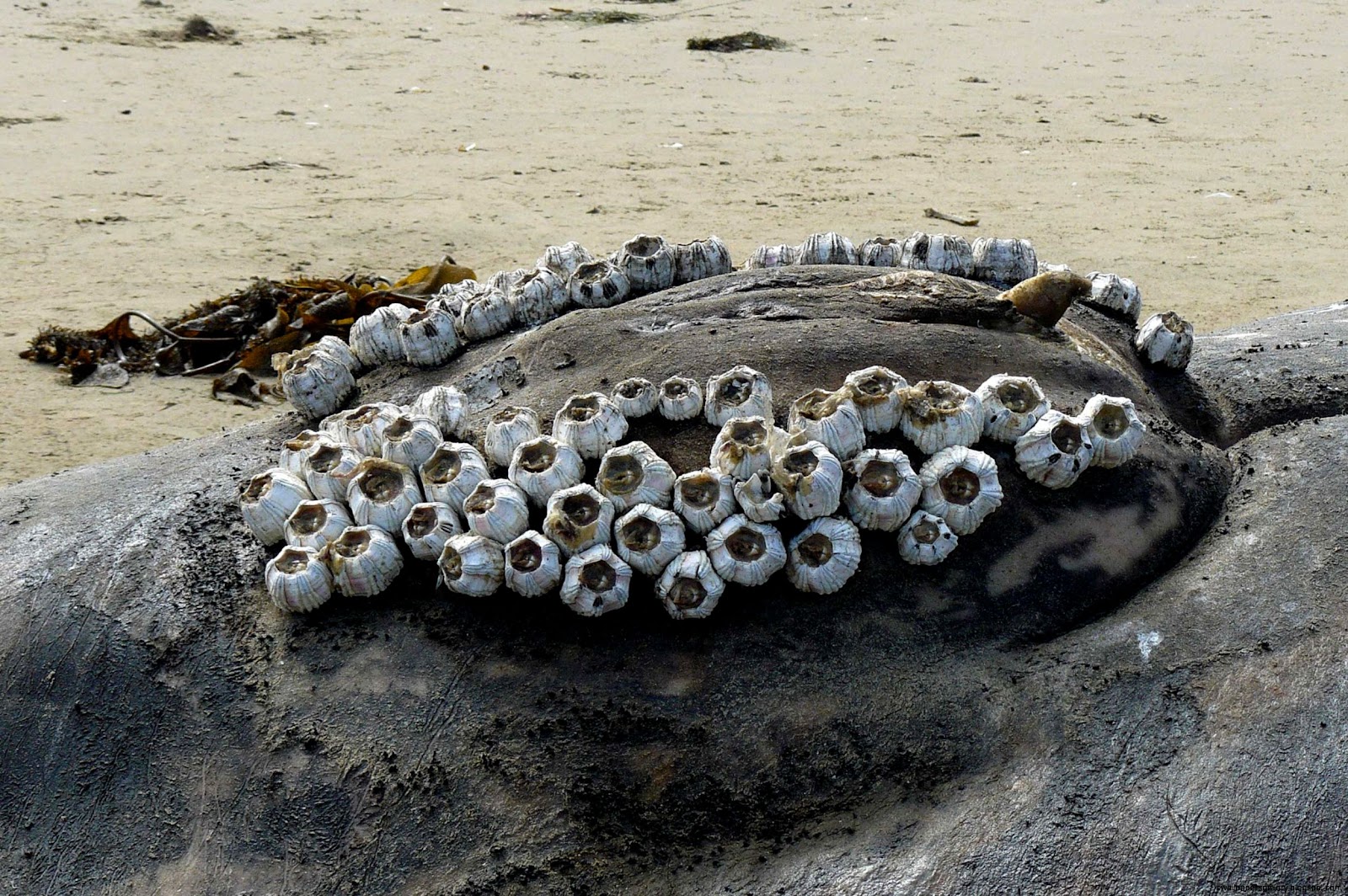Have you ever considered the secret lives of the seemingly insignificant creatures clinging to rocks and ships? Barnacles, often dismissed as mere maritime pests, are in reality ecological powerhouses, holding keys to understanding marine biodiversity, environmental health, and even advancements in materials science.
From the sun-drenched intertidal zones to the crushing depths of the ocean, these tenacious arthropods orchestrate a silent symphony of filtration, habitat creation, and nutrient cycling. Far from being a uniform nuisance, barnacles display a remarkable diversity in form and function, with each species uniquely adapted to its specific environment. This article will peel back the layers of mystery surrounding these unsung heroes of the sea, revealing their intricate biology, their crucial ecological roles, and the unexpected ways they impact our own world.
| Aspect | Details |
|---|---|
| Scientific Classification |
|
| Common Types | Acorn Barnacles, Goose Barnacles |
| Habitat | Worldwide, in intertidal and subtidal zones, attached to hard surfaces. |
| Diet | Plankton and other organic matter |
| Feeding Mechanism | Filter feeding using cirri (feathery appendages) |
| Ecological Role |
|
| Impact on Human Activities | Biofouling on ships and marine structures, increasing drag and maintenance costs. |
| Conservation Status | Generally not threatened, but sensitive to pollution and climate change. |
| Further Information | National Oceanic and Atmospheric Administration (NOAA) |
- Baldwin Brothers Exploring The Legacy Of Hollywoods Most Talented Siblings
- Unveiling The World Of Mms Video A Comprehensive Guide
:max_bytes(150000):strip_icc()/GettyImages-115464238-83577a4a2b1c443eb5a583915d362b1b.jpg)
